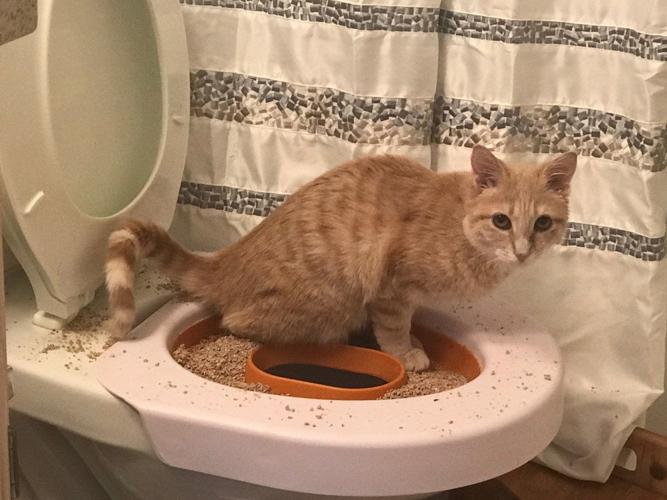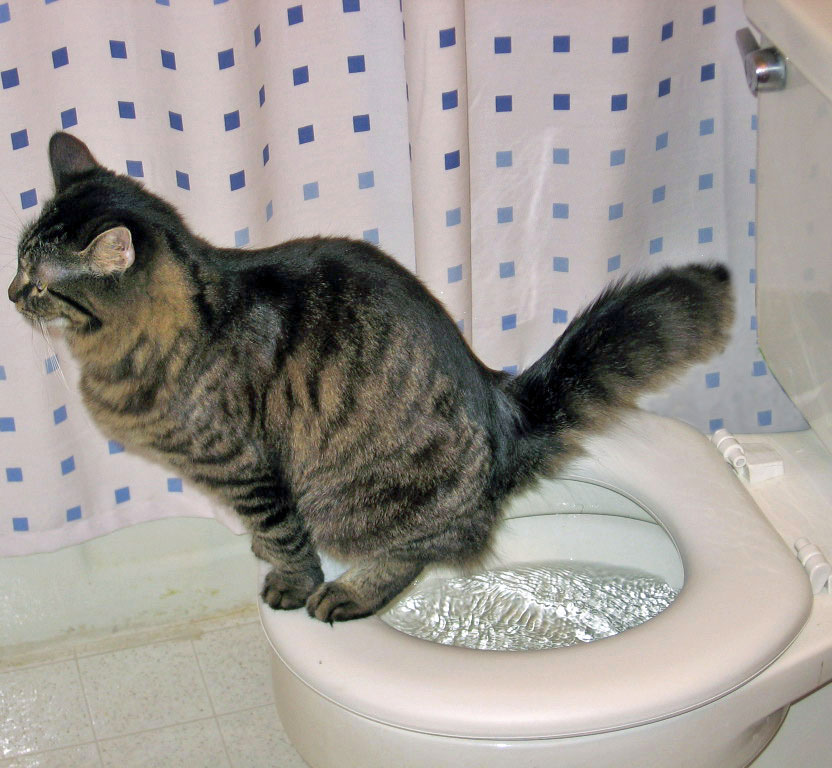Prevent Plumbing Problems: Don't Flush Cat Poop Down Your Toilet - Professional Advice
Prevent Plumbing Problems: Don't Flush Cat Poop Down Your Toilet - Professional Advice
Blog Article
Listed here below you'll find a good deal of worthwhile help and advice around How to Dispose of Cat Poop and Litter Without Plastic Bags.

Introduction
As cat proprietors, it's necessary to bear in mind how we get rid of our feline pals' waste. While it may seem practical to flush cat poop down the bathroom, this practice can have detrimental effects for both the environment and human health and wellness.
Alternatives to Flushing
The good news is, there are more secure and more accountable methods to dispose of cat poop. Consider the adhering to choices:
1. Scoop and Dispose in Trash
One of the most typical technique of taking care of pet cat poop is to scoop it into a naturally degradable bag and toss it in the trash. Make certain to use a committed clutter scoop and get rid of the waste quickly.
2. Use Biodegradable Litter
Opt for eco-friendly cat trash made from products such as corn or wheat. These litters are eco-friendly and can be securely thrown away in the trash.
3. Bury in the Yard
If you have a lawn, take into consideration burying cat waste in an assigned location far from veggie gardens and water sources. Be sure to dig deep sufficient to avoid contamination of groundwater.
4. Mount a Pet Waste Disposal System
Buy a pet waste disposal system specifically designed for pet cat waste. These systems make use of enzymes to break down the waste, lowering smell and ecological effect.
Health and wellness Risks
Along with environmental issues, flushing feline waste can likewise pose health threats to human beings. Feline feces might have Toxoplasma gondii, a bloodsucker that can cause toxoplasmosis-- a possibly severe illness, specifically for expectant ladies and people with damaged immune systems.
Environmental Impact
Flushing feline poop presents harmful pathogens and parasites into the water system, presenting a substantial threat to marine ecosystems. These contaminants can adversely influence aquatic life and concession water high quality.
Final thought
Accountable pet possession prolongs past offering food and shelter-- it likewise includes appropriate waste management. By refraining from flushing cat poop down the toilet and selecting alternate disposal methods, we can lessen our environmental impact and shield human wellness.
Why Can’t I Flush Cat Poop?
It Spreads a Parasite
Cats are frequently infected with a parasite called toxoplasma gondii. The parasite causes an infection called toxoplasmosis. It is usually harmless to cats. The parasite only uses cat poop as a host for its eggs. Otherwise, the cat’s immune system usually keeps the infection at low enough levels to maintain its own health. But it does not stop the develop of eggs. These eggs are tiny and surprisingly tough. They may survive for a year before they begin to grow. But that’s the problem.
Our wastewater system is not designed to deal with toxoplasmosis eggs. Instead, most eggs will flush from your toilet into sewers and wastewater management plants. After the sewage is treated for many other harmful things in it, it is typically released into local rivers, lakes, or oceans. Here, the toxoplasmosis eggs can find new hosts, including starfish, crabs, otters, and many other wildlife. For many, this is a significant risk to their health. Toxoplasmosis can also end up infecting water sources that are important for agriculture, which means our deer, pigs, and sheep can get infected too.
Is There Risk to Humans?
There can be a risk to human life from flushing cat poop down the toilet. If you do so, the parasites from your cat’s poop can end up in shellfish, game animals, or livestock. If this meat is then served raw or undercooked, the people who eat it can get sick.
In fact, according to the CDC, 40 million people in the United States are infected with toxoplasma gondii. They get it from exposure to infected seafood, or from some kind of cat poop contamination, like drinking from a stream that is contaminated or touching anything that has come into contact with cat poop. That includes just cleaning a cat litter box.
Most people who get infected with these parasites will not develop any symptoms. However, for pregnant women or for those with compromised immune systems, the parasite can cause severe health problems.
How to Handle Cat Poop
The best way to handle cat poop is actually to clean the box more often. The eggs that the parasite sheds will not become active until one to five days after the cat poops. That means that if you clean daily, you’re much less likely to come into direct contact with infectious eggs.
That said, always dispose of cat poop in the garbage and not down the toilet. Wash your hands before and after you clean the litter box, and bring the bag of poop right outside to your garbage bins.
https://trenchlesssolutionsusa.com/why-cant-i-flush-cat-poop/

We had been made aware of that editorial on How to Dispose of Cat Poop and Litter Without Plastic Bags through an acquaintance on a different site. Loved our posting? Please share it. Let someone else find it. Thanks a lot for your time. Come back soon.
Book Today Report this page